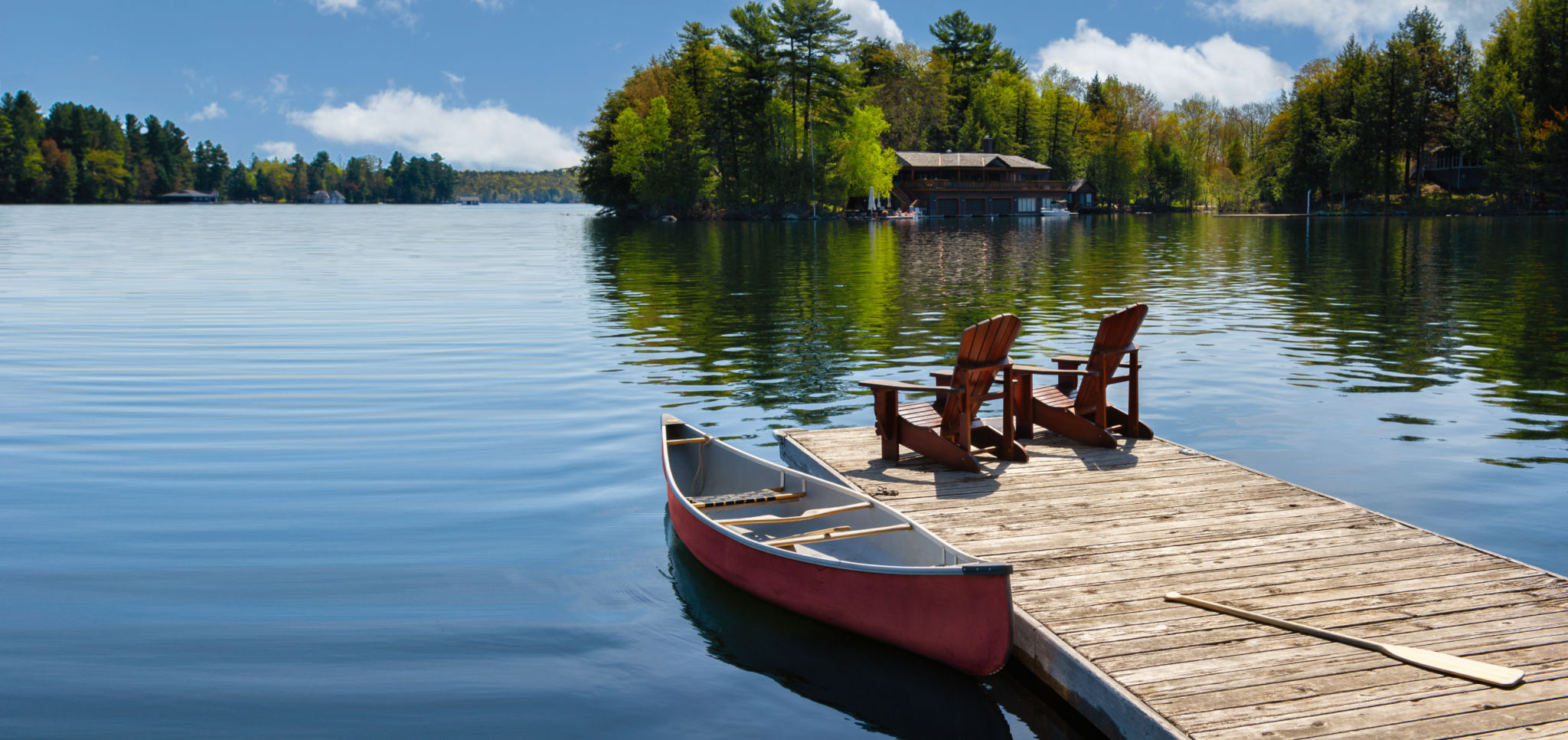Expert Tips for Choosing the Right Dock System in Ontario’s Diverse Weather Conditions
Understanding Ontario’s Weather Challenges
Ontario's climate is known for its diversity, ranging from hot, humid summers to cold, snowy winters. This poses unique challenges for dock systems, requiring them to withstand a broad spectrum of weather conditions. Selecting the right dock system involves considering durability, maintenance needs, and adaptability to seasonal changes.

Durability and Material Selection
The materials used in your dock system play a crucial role in its longevity and performance. Popular materials include wood, aluminum, and composite. Wooden docks offer a traditional look and feel but require regular maintenance to prevent rot and insect damage. On the other hand, aluminum docks are lightweight, rust-resistant, and can endure harsh weather conditions with minimal upkeep. Composite docks combine the aesthetic appeal of wood with the durability of synthetic materials, making them a popular choice for many.
Choosing the Right Dock Type
The type of dock you select should align with your specific needs and the water conditions at your location. Floating docks are versatile and can adjust to varying water levels, making them suitable for areas prone to fluctuations. Piling docks, anchored into the lakebed, offer excellent stability but may require professional installation. Stationary docks provide a sturdy platform, ideal for areas with consistent water levels.

Seasonal Maintenance Considerations
Regular maintenance is essential to ensure your dock system remains in top condition throughout the seasons. In Ontario, it is crucial to prepare your dock for winter by removing or securing it to prevent ice damage. This might involve detaching floating docks or installing ice breakers to protect stationary structures. Spring is an ideal time for inspection and repairs to address any issues caused by winter weather.
Environmental Impact and Regulations
When installing a dock system, it's important to consider the environmental impact and local regulations. Many areas in Ontario require permits for dock installations, ensuring they do not harm aquatic ecosystems or infringe on public access. Consulting with local authorities and environmental experts can help you navigate these requirements effectively.

Cost Considerations and Budgeting
Budgeting for your dock system involves balancing initial costs with long-term maintenance expenses. While wooden docks might be less expensive initially, they require ongoing treatment and repairs. Aluminum and composite docks may have higher upfront costs but typically offer savings over time due to their low maintenance needs.
Expert Insights and Recommendations
Consulting with dock professionals can provide valuable insights tailored to your specific location and requirements. Experts can assess water conditions, suggest suitable materials, and recommend designs that maximize functionality and aesthetics. Engaging with professionals ensures your dock system meets your needs while adhering to safety standards.
Conclusion: Making an Informed Decision
Selecting the right dock system in Ontario involves careful consideration of materials, types, environmental impact, and budget. By understanding the local climate challenges and consulting with experts, you can make an informed decision that ensures your dock is both durable and functional year-round. Investing time in research and planning will result in a dock system that enhances your waterfront experience while standing up to Ontario’s diverse weather conditions.